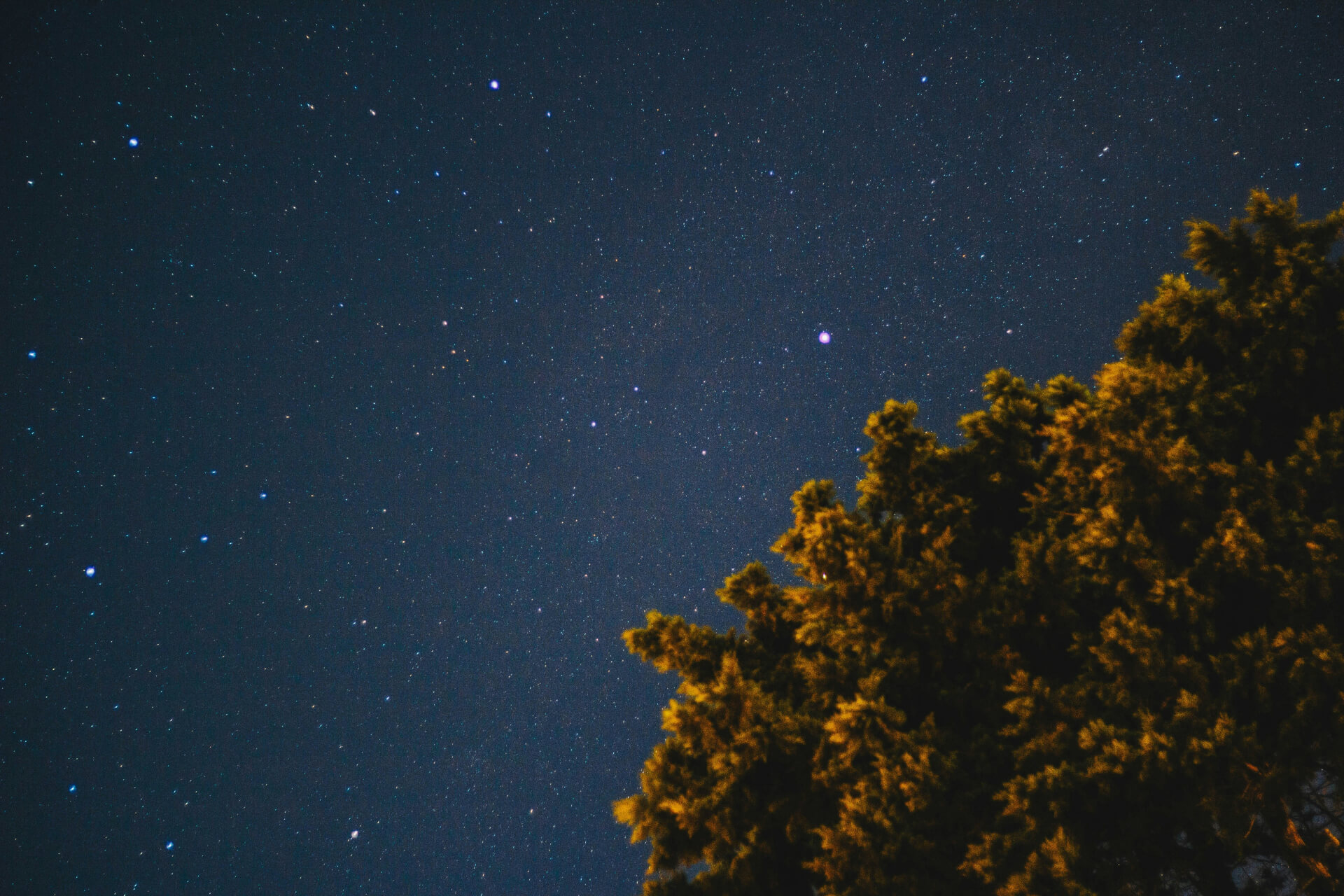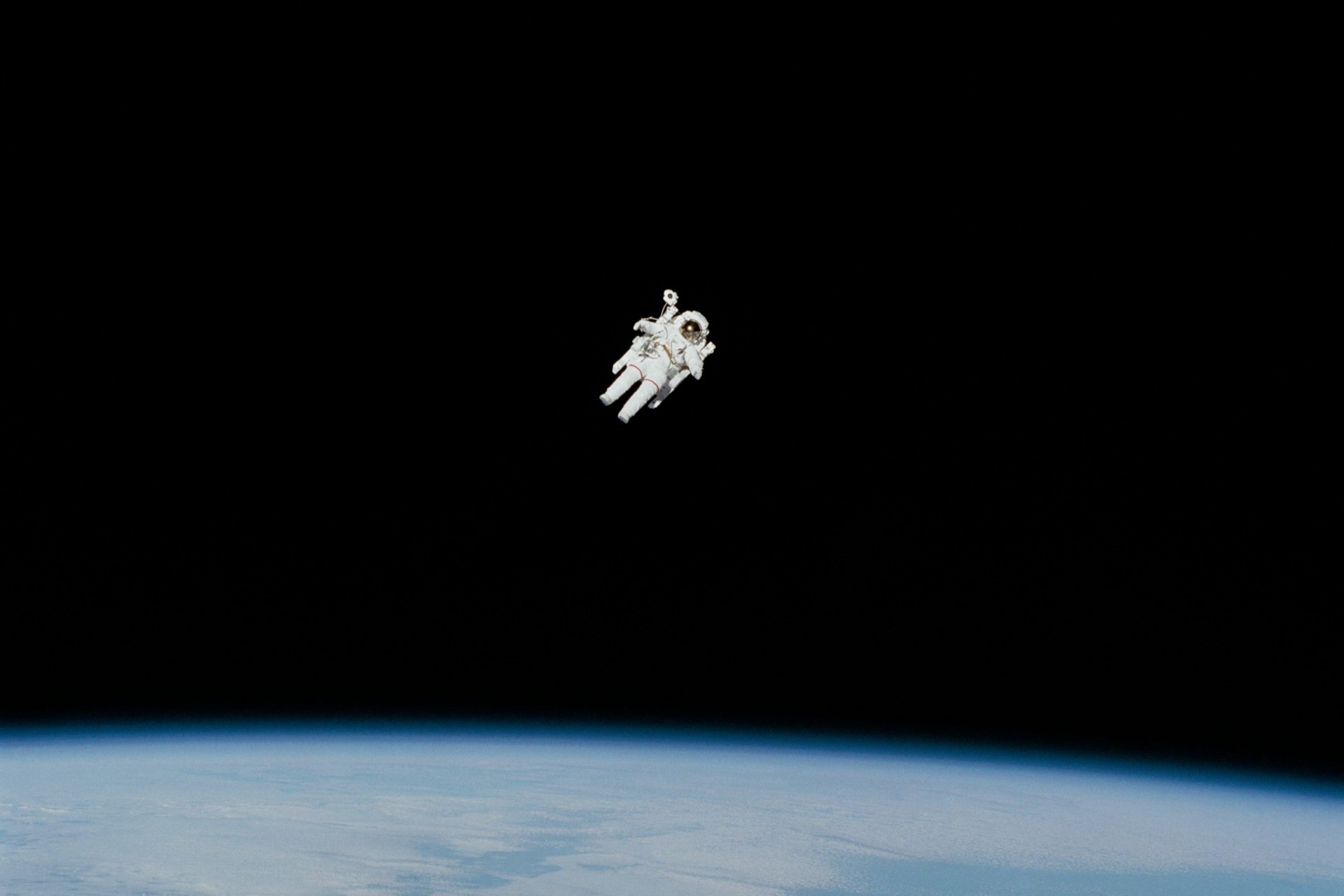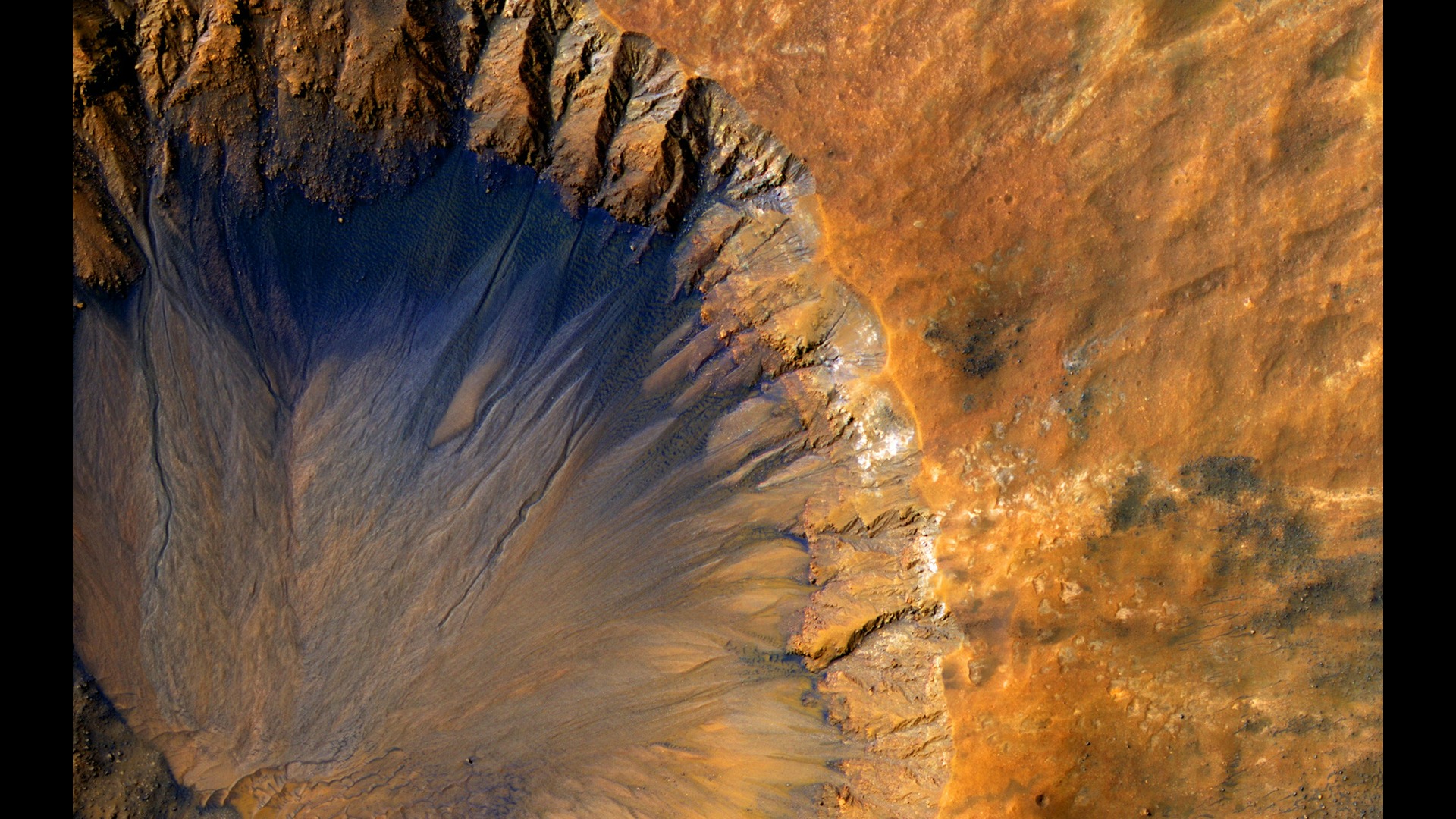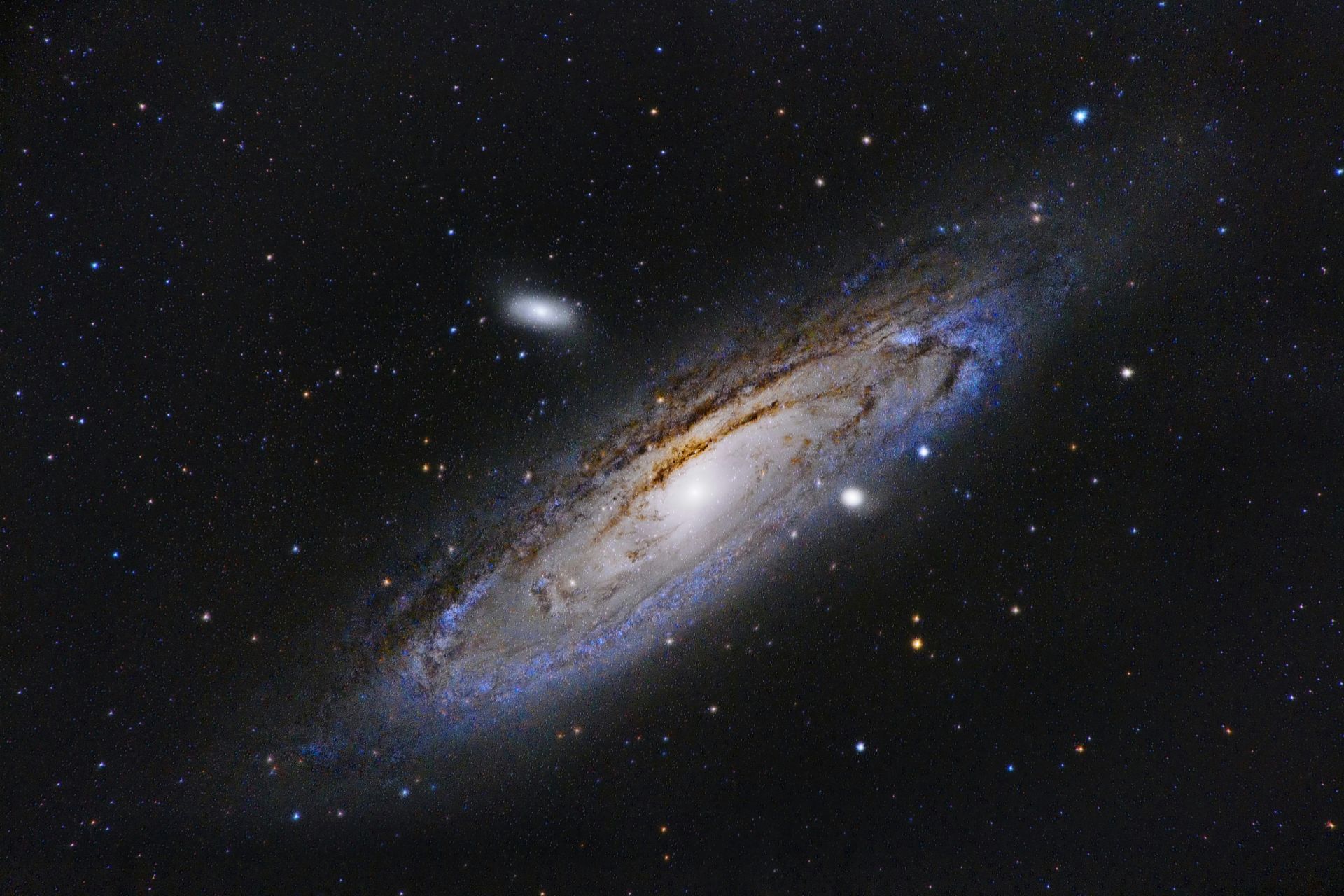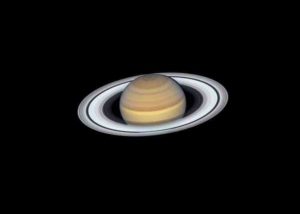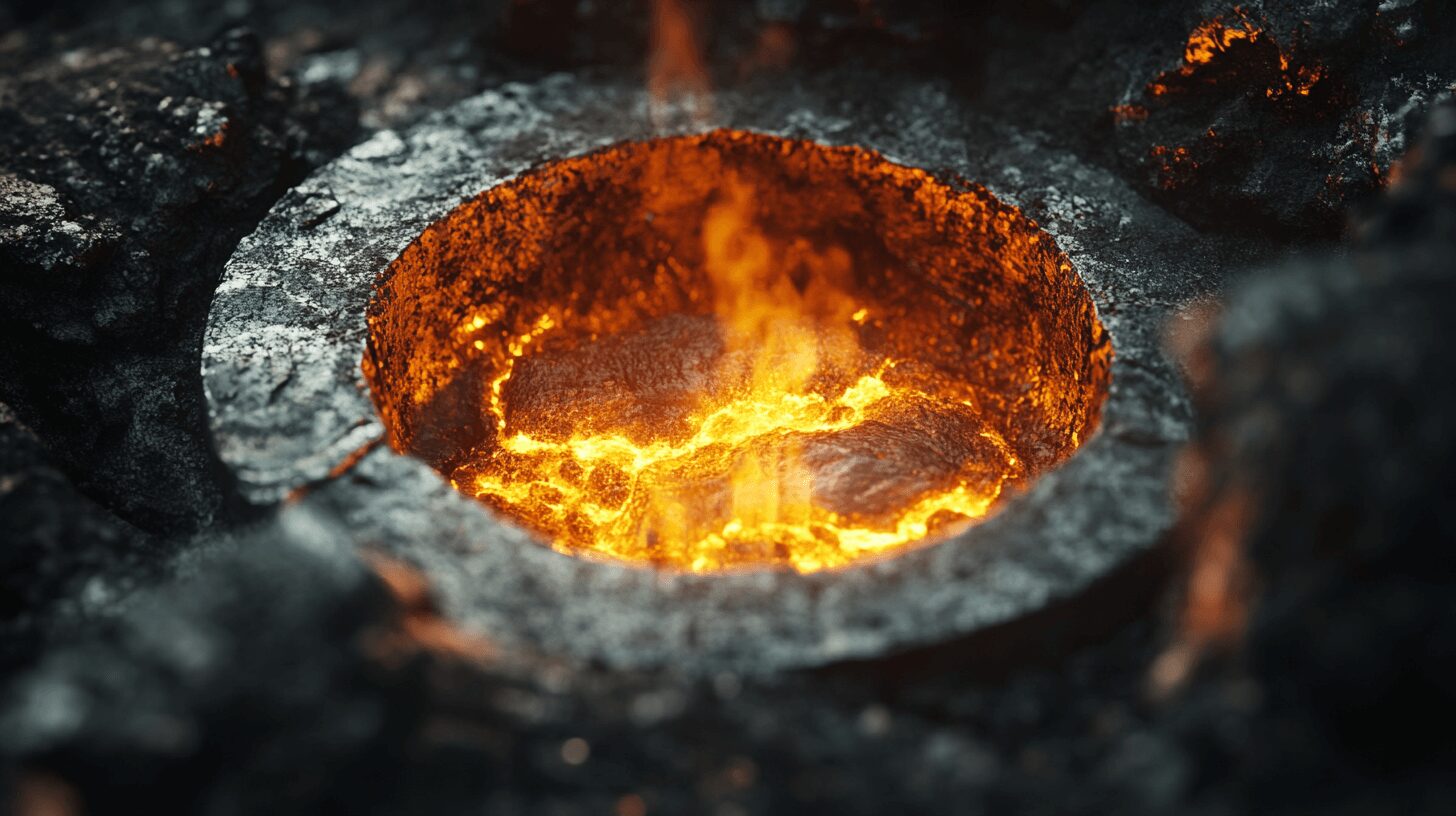
The Blue Planet Exposed: 10 Facts About Earth That Will Blow Your Mind
October 23, 2024 - Emily Newton
Revolutionized is reader-supported. When you buy through links on our site, we may earn an affiliate commission. Learn more here.
Among all the marvels in the cosmic realm, Earth is the most beautiful and fascinating. Aside from its breathtaking landscapes from the sea to lush forests, it is the only planet in the solar system teeming with life — human life, in particular. Test your knowledge with these facts about Earth and discover everything you’ve ever wanted to know about your home planet.
10 Interesting Facts About Earth
One might travel across the seven seas and visit every continent, yet still walk away knowing little about where they live. Earth may not be as mysterious as some of the other celestial bodies, especially since scientists have been able to study its many wonders for centuries. But there is still so much more to learn. Here are 10 fascinating facts about Earth.
1. It’s Rotation Is Slowing
New research shows the Earth’s rotation is slowing down — and although it might not be noticeable while standing on the grass, it’s happening. The culprit? Global warming.
The massive ice sheets in Greenland and Antarctica bear a powerful gravitational pull on the Earth’s oceans. As these miles-long blocks of ice melt away, the mass traverses from the poles to the equator. The slowed pull has also led to a decelerated rotation.
A previous study also indicates Earth’s rotation has slowed roughly six hours over 2,740 years. The math results in a 24-hour day extended by 1.78 milliseconds over a century.
2. Earth Has More Than One Moon
While it might not be as bright as the one in the night sky, the Earth has another hidden moon. It’s too small to see without a telescope. Still, 3753 Cruithne orbits the Sun and takes around 800 years to complete a ring around the Earth.
3753 Cruithne’s ellipse is also dissimilar to the Earth’s well-recognized Moon. Rather than circle the Blue Planet, it stirs in one direction and back in the other in the shape of a horseshoe. Unsurprisingly, scientists call this a “horseshoe orbit,” in which many moons from other planets also move along.
3. There Are More Trees Than Stars
In a world where deforestation is among the most concerning environmental issues of the modern age, there is some good news. A 2015 study reported over 3 trillion trees cover the Earth, far more than the 100-400 billion stars scientists believe are in the Milky Way.
Does this mean the population no longer needs to worry about declining tree density? Not quite. Lush forests remove about 29% of annual carbon dioxide emissions, helping keep the planet cooler. They are also a biodiversity haven for thousands of flora and fauna species.
4. Everest Isn’t the Tallest Mountain
Mt. Everest has long been considered the tallest mountain in the world at 29,029 feet, but it only holds that title when measured at sea level. In fact, it’s the mountain with the highest altitude from its summit.
Mauna Kea in Hawaii, a dormant volcano, reaches 33,500 feet from its peak to its base, which is well beneath the ocean’s surface — nearly 4,000 feet taller than Mt. Everest if placed side by side.
5. The Tallest Waterfall Is Underwater
Mauna Kea isn’t Earth’s only underwater wonder. On land, Angel Falls in Venezuala measures 3,212 feet with a 500-foot base — the same as nearly three Eiffel Towers stacked upon each other. Technically, the title for the tallest waterfall in the world goes to the Denmark Strait between Greenland and Iceland.
The Denmark Strait is an 11,500-foot drop-off at the southern end of Greenland. Scientists say glaciers created it during the last ice age about 15,000 and 11,500 years ago. Water flowing southward at the seafloor spills down its slope once it reaches the edge.
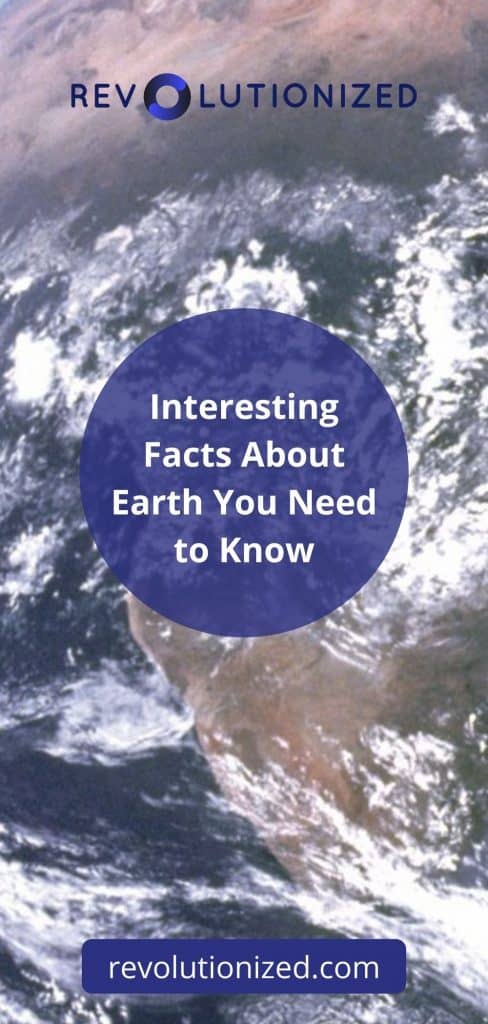
6. It’s the Only Planet Not Named After a God
Many planets in the solar system — Mercury, Venus, Mars, Jupiter and Saturn — are visible to the naked eye and were named after Roman gods during ancient times. The naming trend continued after scientific advancements enabled humans to see the rest of the celestial bodies.
Strangely enough, Earth is the only planet in the solar system not named after an ancient god. Although experts believe the name is at least 1,000 years old and derived from the Anglo-Saxons, no one knows for sure where “Earth” came from, who named it or when it came to be. If one or more people did give it its moniker, they’ve been lost to time.
7. Its Magnetic Poles Have Flipped
One interesting fact about Earth few people know is that its magnetic poles have flipped approximately every 300,000 years — a phenomenon believed to be caused by the field’s constant waxing and waning. Pole reversals aren’t anything to worry about, though. Scientists say Earth’s magnetic poles have flipped 183 times over the last 83 million years and several hundred times in the previous 160 million years.
8. Earth Is Small But Mighty
The Earth may resemble a little blue marble compared to the subsequent gas giants. However, it’s the largest of the terrestrial or rocky planets between the Sun and the asteroid belt. Still, more than 1.3 million Earths could fit inside the Sun. Additionally, seeing how the Earth’s Moon is 400 times smaller than the Sun, one could fit 64.3 million of them inside.
9. It Isn’t a Perfect Sphere Shape
For centuries, there’s been debate over whether the Earth is round or flat. While science has proven it’s indeed round — much to a few naysayers’ disbelief — it isn’t a perfect sphere.
The Earth’s rotation exudes the strongest force from the equator, while zero force is at the poles. Because the Earth isn’t fully solid, the planet becomes slightly flattened. This isn’t noticeable when looking at the Earth on a satellite image — the flatness is only 0.3% — which has a diameter of 12,714 kilometers at the poles and 12,756 kilometers at the equator.
10. Earth Has About 1,350 Volcanoes
According to the U.S. Geological Survey, Earth has about 1,350 active volcanoes, excluding those on the ocean floor. Only 500 hundred have erupted historically, with the majority located on the Pacific Rim — the “Ring of Fire.” The U.S. alone could have 170 active volcanoes.
While there are certainly a lot of volcanoes on Earth, it isn’t the planet with the most. In fact, Venus has over 85,000 volcanoes along its sulfurous surface. Overall, Venus has several mountain ranges with volcanic activity, the tallest being over 36,000 feet high — much higher than Mt. Everest and Mauna Kea.
Earth Properties & Information
- Location: Third planet from the Sun and third of the inner planets.
- Distance from the Sun: 149,598,262 km — 92,956,050 miles or 1 AU.
- Composition: Iron, oxygen, silicon, magnesium, and other trace elements, like aluminum and potassium.
- Size: 12,756 km — 7,926 mi — at the equator.
- Surface: Temperate, allowing for the presence of liquid water and plant and animal life
- Structure: Solid inner core made primarily of iron, surrounded by a liquid outer core, a semi-liquid mantle and a solid crust.
- Color: Primarily blue, white and green when observed from orbit.
- Atmosphere: 78% nitrogen, 21% oxygen, 0.9% argon, and 0.03% carbon dioxide, as well as other trace elements.
- Temperature: Ranges from -81°C to 47°C, depending on locations and seasons.
- Orbital period: 365.24 days.
- Rotation period: 23 hours, 56 minutes and 4 seconds.
When Did We Discover We Weren’t The Center of the Universe?
Technically, no one “discovered” Earth. As a species, humans evolved and have been here the whole time. However, for centuries, astronomers and scientists believed Earth was stationary in space and was the center of the known universe. They thought the Sun orbited the Earth rather than the other way around.
It wasn’t until the 16th Century when Nicolaus Copernicus started to theorize that the Sun — not the Earth — was the center of the universe. While he wasn’t exactly correct — the universe is much more vast — he was the first to develop the heliocentric model of the solar system recognized today, with the Earth and other planets orbiting the Sun.
In the 20th century, with advances in telescope technology and the discovery of other galaxies, people came to a new conclusion — there is no center of the universe. Instead, the Big Bang created a massive mess that doesn’t have one central point and is expanding in all directions.
What Is Earth Known for and What Makes It Unique?
What do you think makes the Blue Planet unique in the cosmos? The first and most apparent thing is humanity. As far as discoverers know about the universe — which is very little — Earth is the only planet in the solar system with intelligent life.
The population is fortunate that Earth happened to be in the right place at the right time out of all the planets in all the galaxies. The odds of that occurring are astronomical — no pun intended.
More About Our Galaxy, the Milky Way
Did you learn any new facts about Earth? Did we miss your favorite fact about our home world? In the comments below, let us know what you’ve learned about the Blue Planet. Then, stick with us as we explore the Red Planet on everyone’s minds these days — Mars.
Editor note: Article updated on October 23, 2024, to include even more amazing facts about Earth. The article originally published on June 2, 2020.
Revolutionized is reader-supported. When you buy through links on our site, we may earn an affiliate commission. Learn more here.
Author
Emily Newton
Emily Newton is a technology and industrial journalist and the Editor in Chief of Revolutionized. She manages the sites publishing schedule, SEO optimization and content strategy. Emily enjoys writing and researching articles about how technology is changing every industry. When she isn't working, Emily enjoys playing video games or curling up with a good book.
